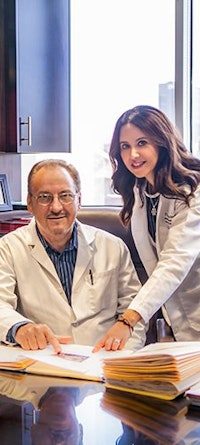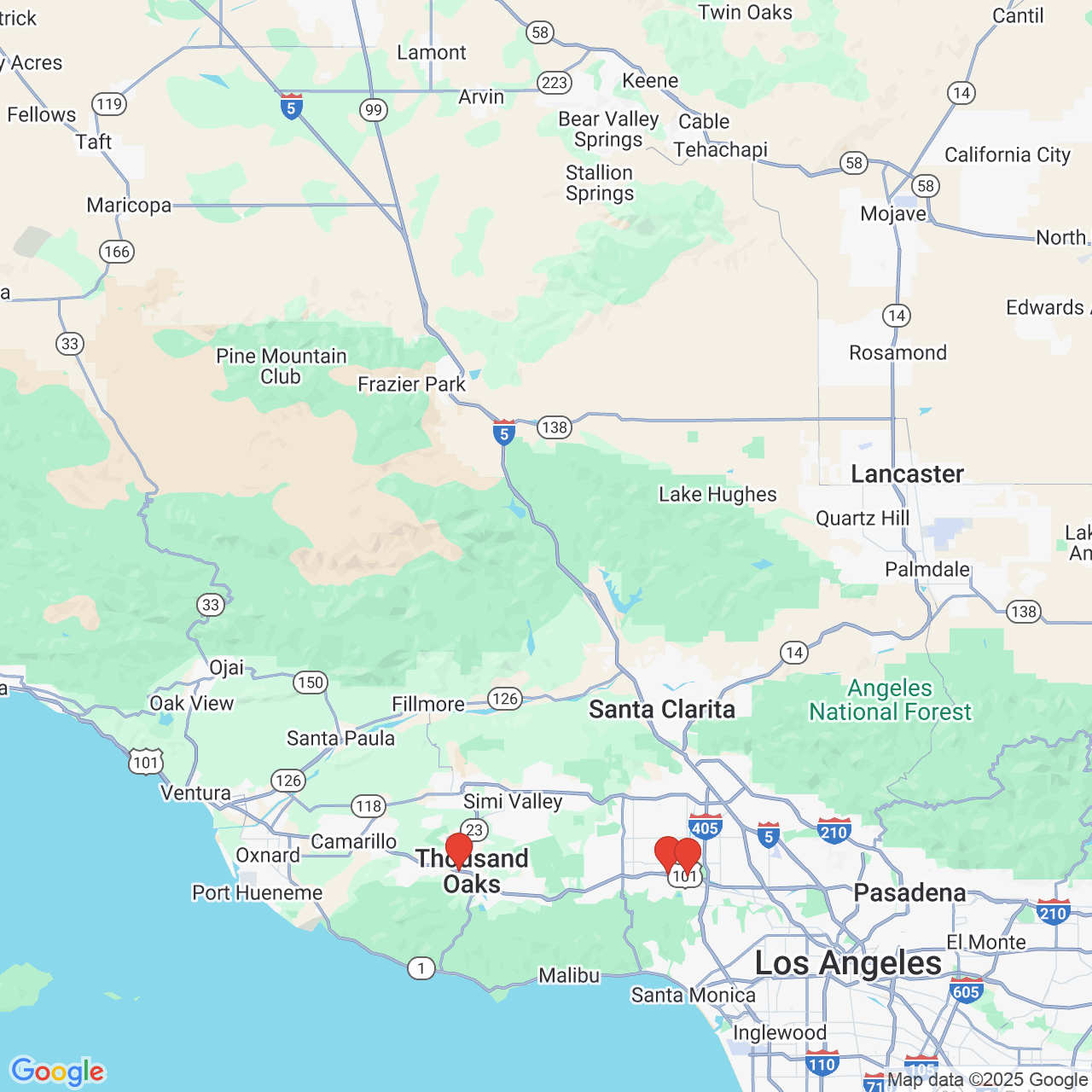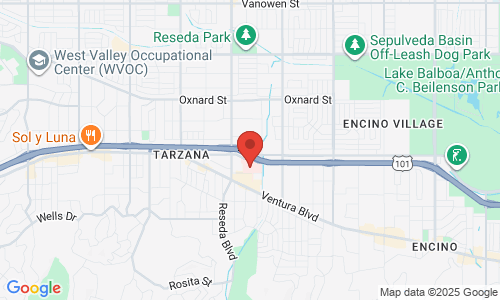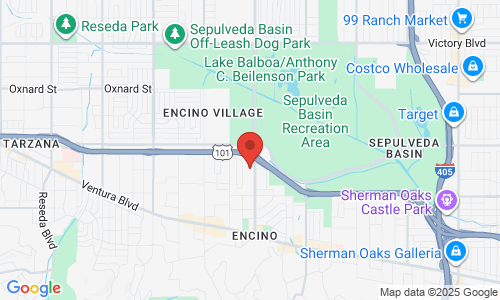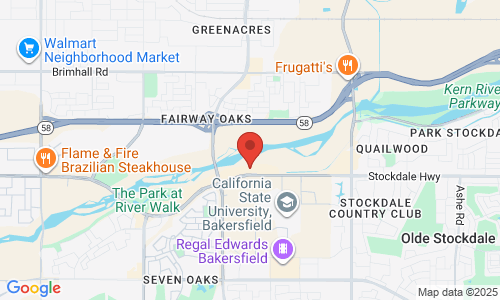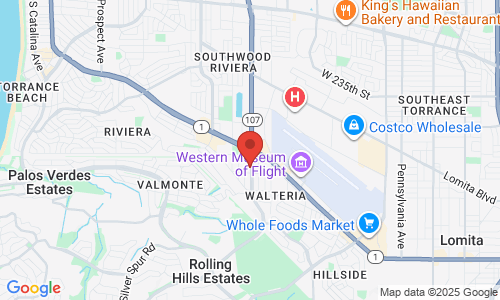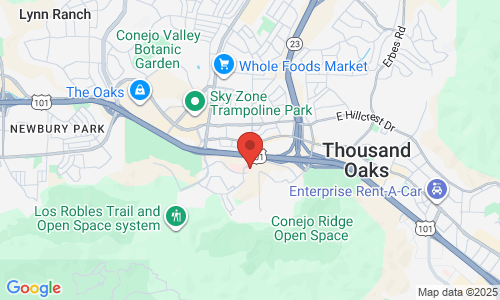Do I need to use stimulating medication in order to obtain one or more eggs from the ovary?
Patients who have undergone in-vitro stimulation (IVF) and have been treated using classical IVF stimulation protocols are very familiar with the process of daily injections with medication containing FSH and LH (or HCG) in the period preceding egg retrieval. The impression shared by many patients is that the stimulation of the ovary is a necessary step in order to be able to retrieve the eggs from the ovary. The truth is however, that the purpose of stimulation is solely to increase the number of maturing eggs beyond the naturally maturing single egg that occurs without any drugs every month. An ovulation blocker is frequently used in most of the cycles, to avoid premature ovulation and losing the eggs prior to egg retrieval, but this medication is not always necessary, particularly not in natural cycle IVF or minimal stimulation IVF.
So, while we now know that the stimulation is not mandatory to retrieve an egg from the ovary, why do we use it at all? In the early days of IVF, our laboratory methods were not as refined and efficient as they are today and a higher number of eggs allowed us to develop more embryos in the laboratory and increase the chance to find a good embryo that can be transferred back into the uterus of the women desiring to get pregnant. Even today, in one of the best laboratories worldwide, we cannot guarantee that an egg will develop into a good quality embryo after all the steps have been completed, starting with fertilization either via ICSI or classical IVF, continuing to embryo culture and the development under laboratory conditions. Thus, having more than a single egg allows us to compensate for the uncertainty associated with a single egg by increasing the quantity and hoping that by the end of a 5-6 day long process, we will have "something promising" to transfer back into the patient.
However, on the flipside, it is a single egg that will eventually result into a high quality embryo, but we off course do not know ahead of time when this egg will mature and evolve out of the ovary. You might wonder why I do not mention the sperm in the whole process; in almost all cases we encounter abundance of sperm that is disproportionate to the number of eggs. Even in cases with low sperm problems when ICSI is used to inject sperm into the egg, males with extremely low sperm counts will still have couple of thousand sperm to select from for injection in not more than handful of eggs. Therefore the "bottleneck" remains the number of eggs; otherwise if it is only up to the number of sperm, we would have hundreds and thousands of embryos to select from.
Some will propose a minimum number of eggs required to participate in an IVF program. The truth is that the only minimum is – a single egg! It is clear that without the egg we cannot proceed, but only one is enough to become fertilized with sperm and form an embryo that will develop into a fetus and result in a birth of a baby. In fact, the single egg comes for free, without any stimulation, without injection and it takes skill and experience to recognize the proper moment to retrieve the single egg from the ovary. In fact, the first baby born with IVF, Luise Brown, is a result of a natural cycle. Back then we did not have bedside ultrasound monitoring and rapid hormone assays to optimize the egg retrieval and we are much better equipped today to capture even a single egg. We prefer to trigger the ovulation, rather than wait for spontaneous ovulation, since the timing is crucial, but both options are possible. The laboratory has nowadays refined the process of handling the eggs once removed, but one thing we cannot do, is improve the quality of a given egg if there is preexisting damage. Over the years the eggs have been exposed to many environmental factors so the chance plays a major role what quality of egg we end up getting. That is why the rates go down with increasing female age, since good quality eggs are more seldom and we do not get a high number to choose from. But despite that a single egg is the minimum that we need to have to attempt IVF with a hope that by chance (that varies by age) that egg will result in an good quality embryo and birth of a baby. In the vast majority of women with regular menstrual cycles, regardless of age, we should be able to retrieve at least one egg.
Best wishes on your fertility Quest!
Dr. Vuk Jovanovic
© Vuk Jovanovic and www.center4fertility.com, 2015. Unauthorized use and/or duplication of this material without express and written permission from this site’s author and/or owner is strictly prohibited. Excerpts and links may be used, provided that full and clear credit is given to Vuk Jovanovic and www.center4fertility.com with appropriate and specific direction to the original content. The content does not represent medical advice and is a personal opionion of the physician.

